Affiliate links on Android Authority may earn us a commission. Learn more.
7 features we'd like to see in the Google Nest Audio 2
Published onAugust 30, 2022
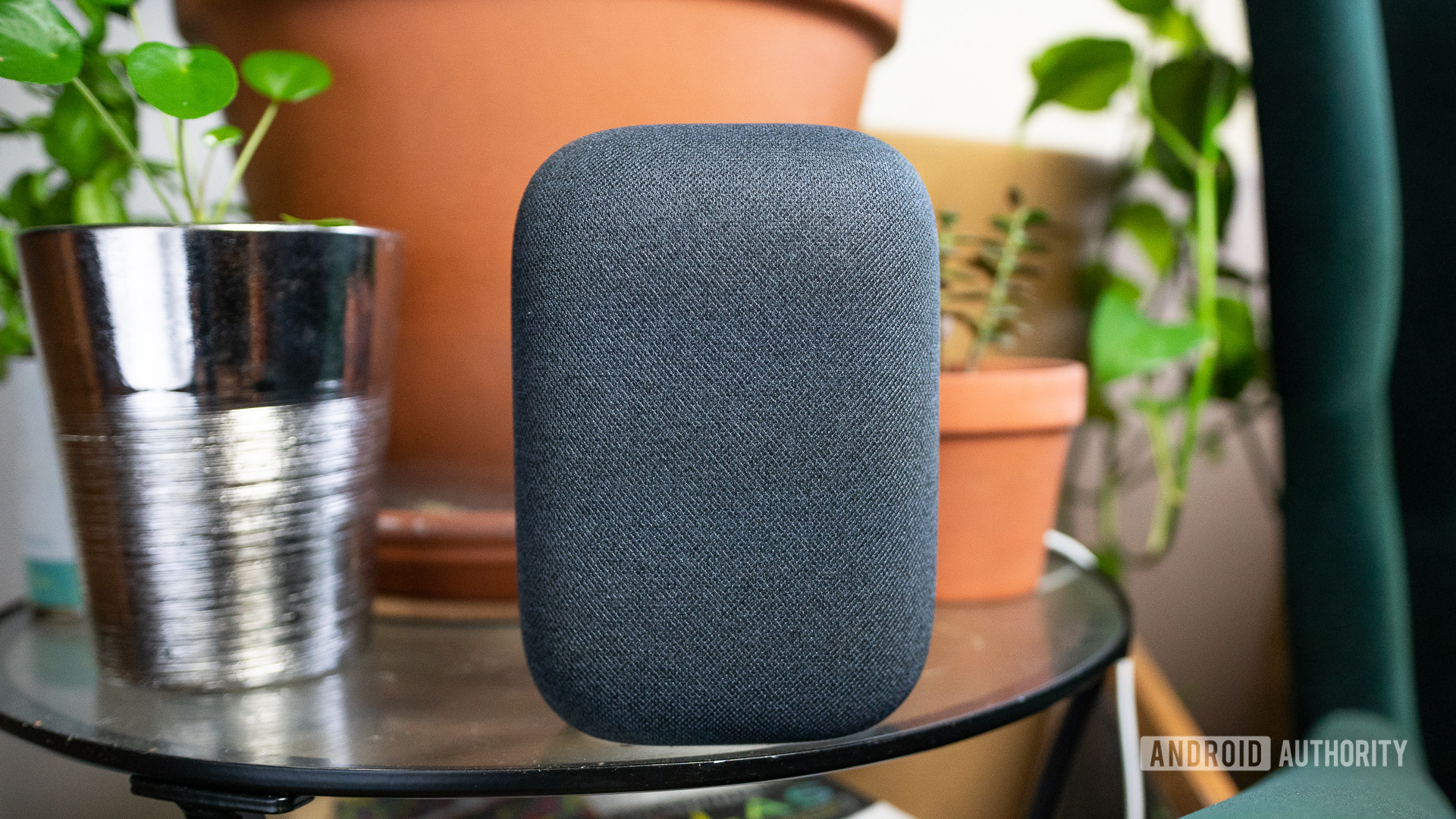
The Nest Audio is Google’s flagship smart speaker, and generally pretty popular judging by reviews and the company’s overall speaker sales. But it also launched in 2020, so it’s virtually guaranteed that we’ll see an update within the next year, if not by the end of 2022 — Google can’t stay complacent when Amazon is continually updating its Echo lineup, and Apple is likely working on new HomePods.
There are many ways Google might consider upgrading a Nest Audio 2. Here’s our own wishlist.
Matter and Thread support
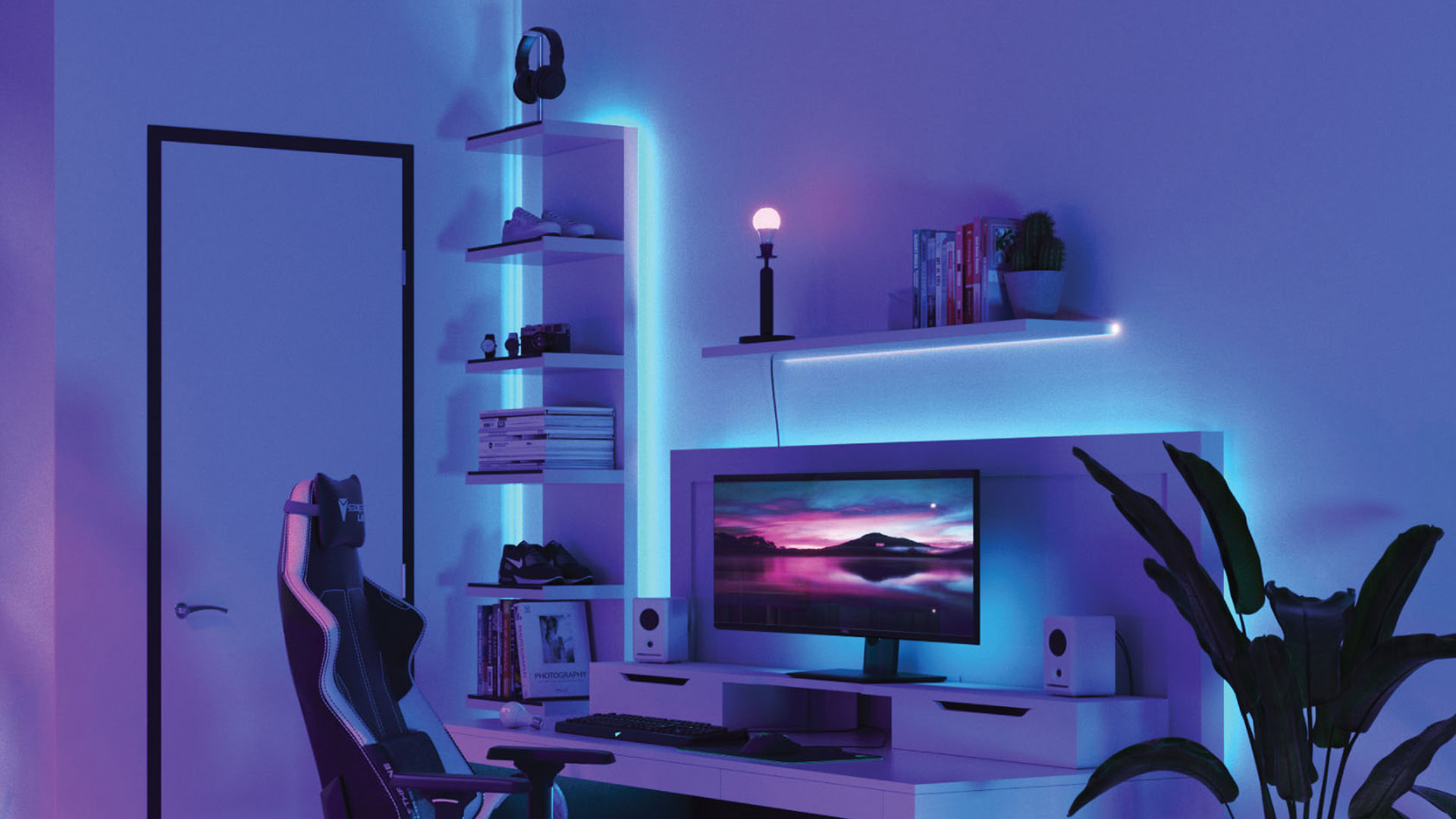
This one is pretty much guaranteed, but desirable anyway. You can learn more about Matter below — in short though, it’s an upcoming network protocol that will allow devices to work across all major smart home platforms. On top of this Matter devices can connect to each other in a mesh, reducing the need for a hub or even internet access. Some Matter-compatible devices are already on the market, just waiting for the standard to go live in fall 2022.
Matter and Thread are all but certain.
Matter can technically operate over Ethernet, Wi-Fi, or Bluetooth, yet it’s ideally meant to be combined with Thread. Thread is a Zigbee-based mesh protocol that allows compatible accessories to act as a low-power “border routers.” It’s already in a variety of devices, like Nanoleaf bulbs and Eve motion sensors.
Read more: The Matter smart home protocol and why it’s a big deal
Google is one of the primary backers of Matter and Thread, and it’s planning to update the existing Nest Audio with Matter support, so it’d be shocking if a Nest Audio 2 didn’t support both standards. On top of enabling compatibility with other platforms, the technology could improve reliability and response times.
We might also see a Nest Audio 2 gain hub functionality, something missing from the original speaker and a sore point of comparison with Amazon’s fourth-generation Echo, which already supports Zigbee and is slated to gain Matter over Thread.
Environmental sensors
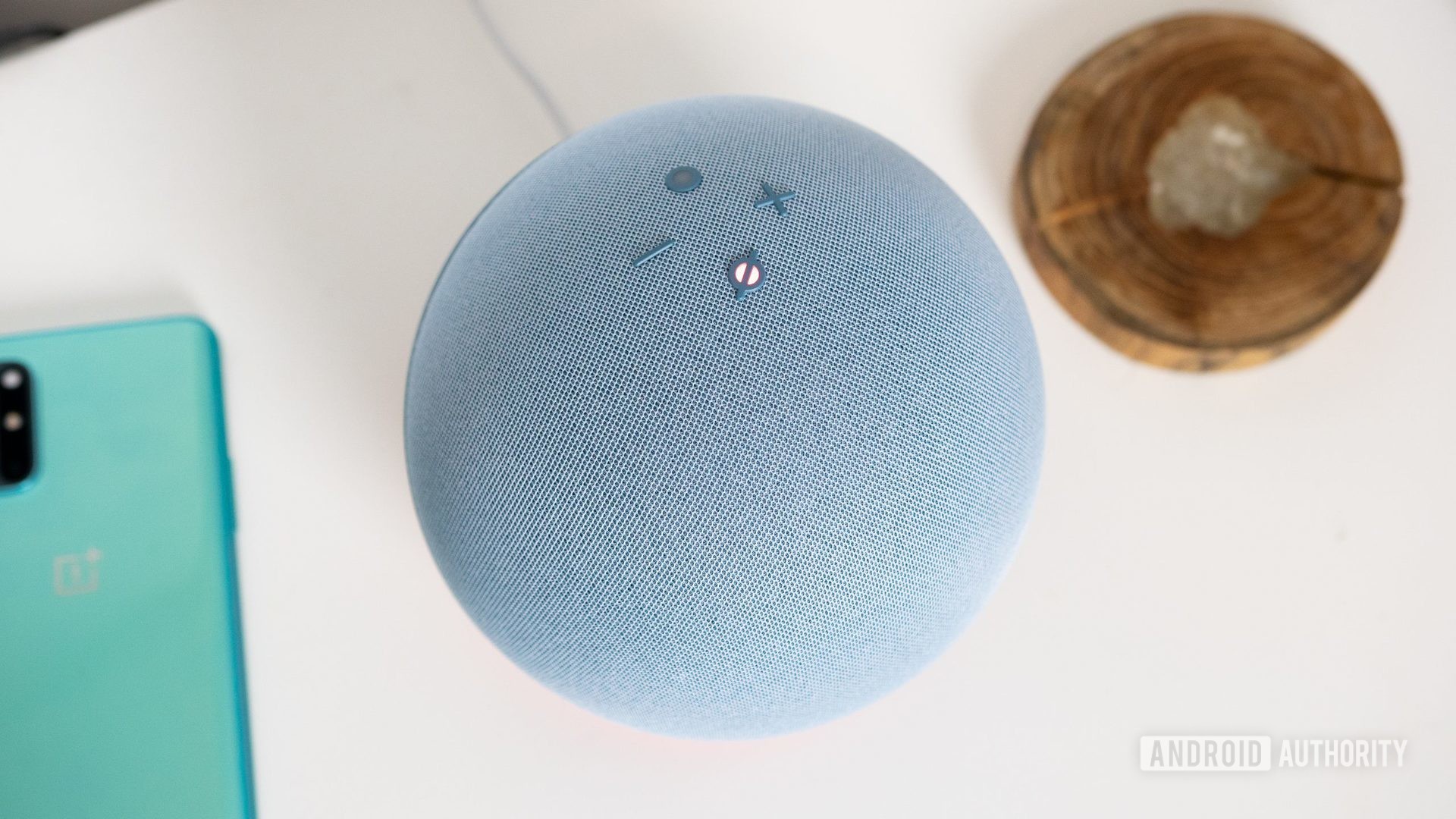
Speaking of the fourth-gen Echo, that speaker is equipped with motion and temperature sensors that can be used in Alexa automation routines. Adding these sensors to the Nest Audio 2 would expand the possibilities in a smart home without requiring extra hardware, for instance letting you turn on fans when the temperature rises, or turn on lights when motion is detected.
Google is big on home security with its Nest brand, so it’s not hard to imagine motion being integrated into Nest Aware plans. Aware subscribers already get alerts if a speaker hears alarms or breaking glass. Indeed we’d like more sound detection options, such as babies crying, and some of these should be made available outside of a subscription, as with Alexa Guard.
See also: How to use Alexa Guard
Custom wake words and offline commands
“Hey Google” and “OK Google” are fine wake words in most cases, but not always, especially since “Google” can sometimes come out of your mouth as a gurgling sound. The Nest Audio 2 should support custom wake words, at least in the form of multiple presets like Alexa’s — perhaps “Nest” or “Assistant” might be viable alternatives.
Google should also catch up with Apple and Amazon in supporting some basic offline voice commands. You can’t talk to a Nest Audio if your internet is down, even if you just want to set a timer or alarm. Anything that doesn’t require outside services (Spotify, knowledge questions, etc.) should be available without internet access.
Better sound and room tuning
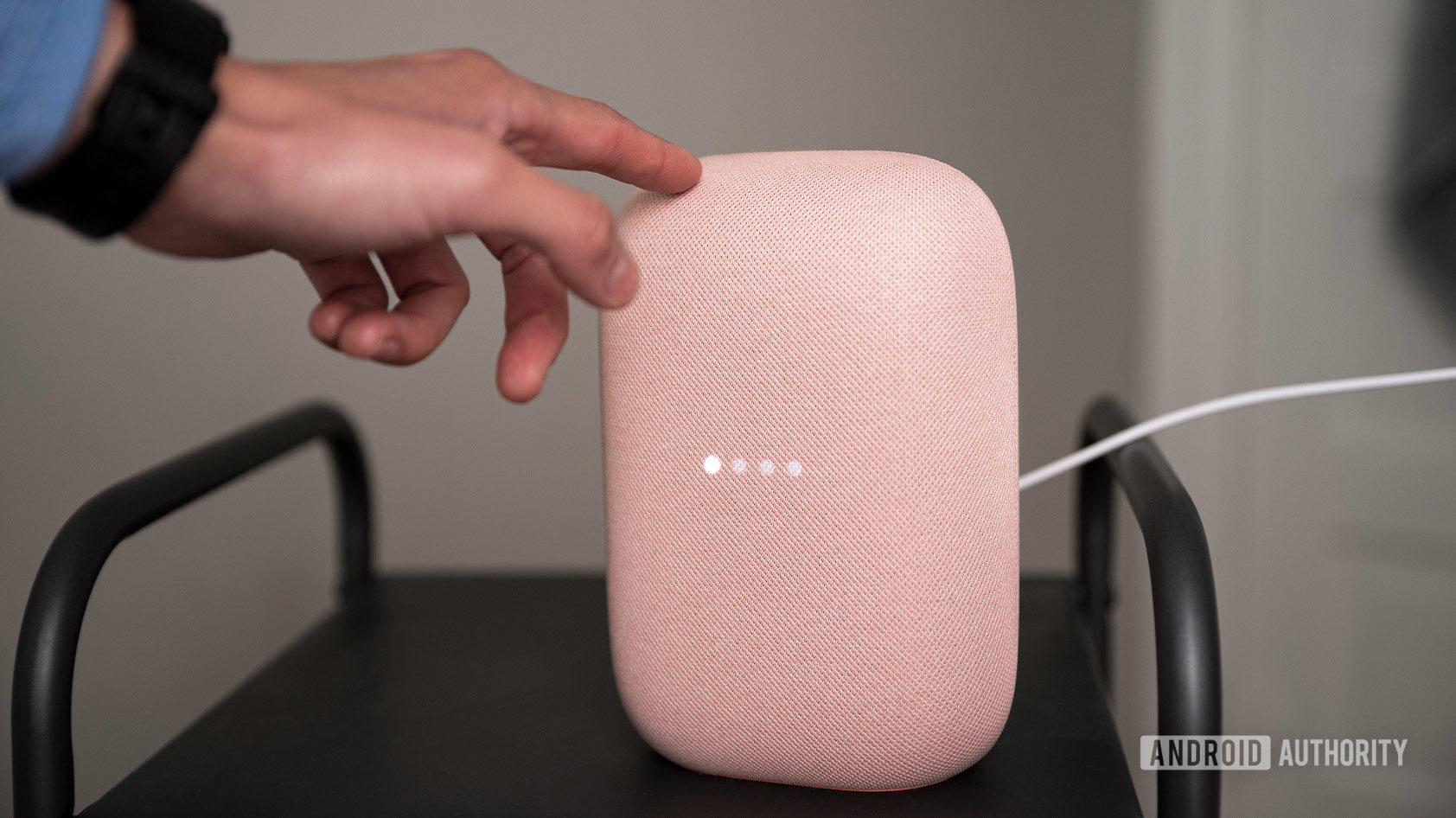
Chalk this one under the “obvious” column, but the Nest Audio 2 will probably feature improved sound quality. As good as the original is, it doesn’t get as loud as Amazon’s speakers, and a sequel could always put out more bass. We’d like to see support for Dolby Atmos too, especially if you can improve soundscape depth by adding channels.
Chalk this one under the 'obvious' column, but the Nest Audio 2 will probably feature improved sound quality.
As for room tuning, the Nest Audio does this to a degree, but not to the same extent as Sonos speakers or Apple’s HomePod mini. Instead “Media EQ” tunes the speaker to the type of content you’re listening to (music, podcasts, etc.), while “Ambient IQ” tweaks volume levels based on background noise. Tuning to room acoustics would provide more precise output.
HomePod-style source switching
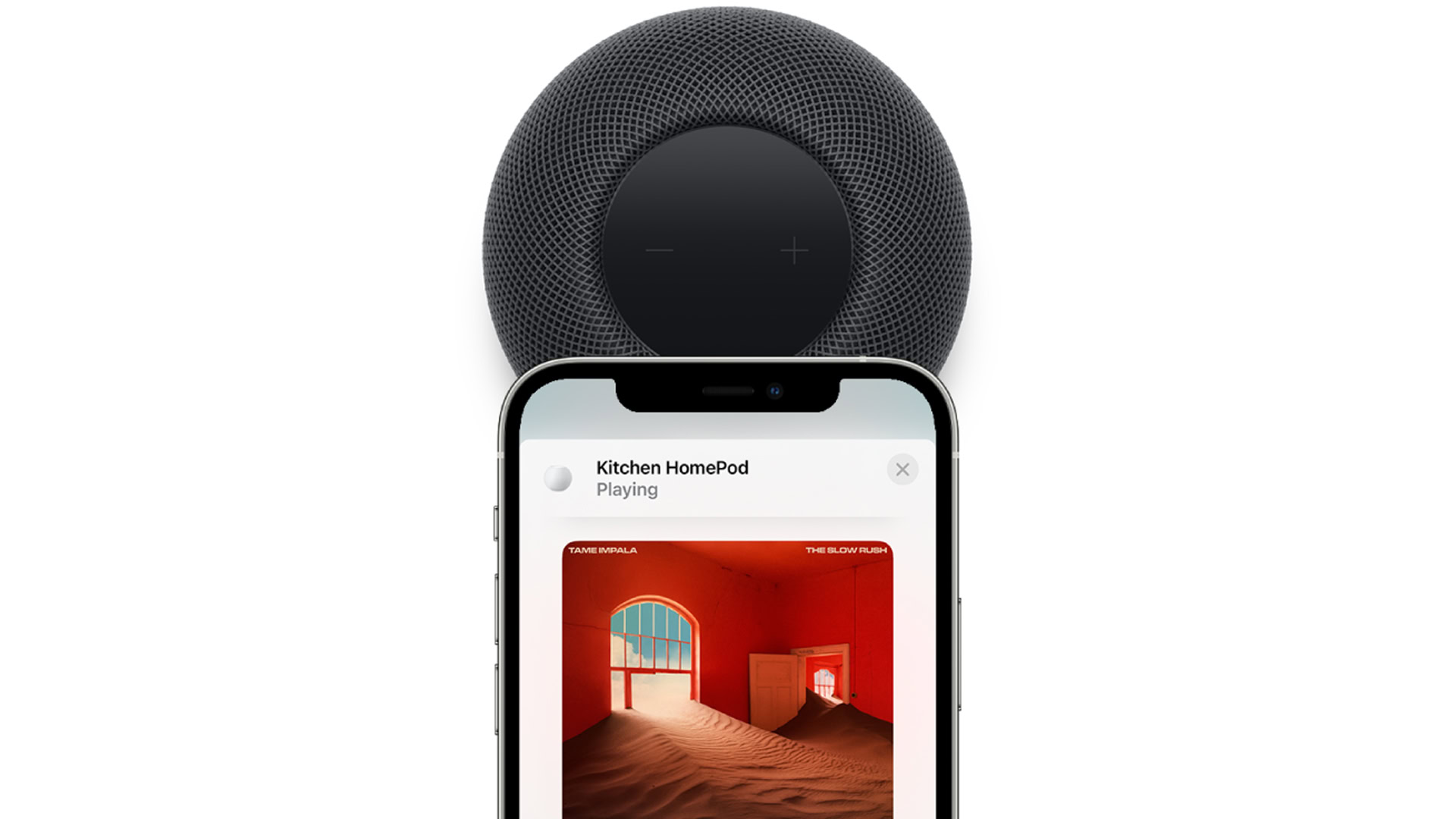
A neat trick of Apple’s close hardware and software integration is that if you have both an iPhone and a HomePod, you can swap audio output between them just by bringing your iPhone near the top of the speaker. This works both ways, so if you’re listening to something at home, you can easily take it with you when you leave.
Google may be baking this feature into a future version of Android, in which case new Nest speakers could take advantage. Phone compatibility might depend on specific NFC or ultra-wideband (UWB) chips.
Simplified (and better) home theater features
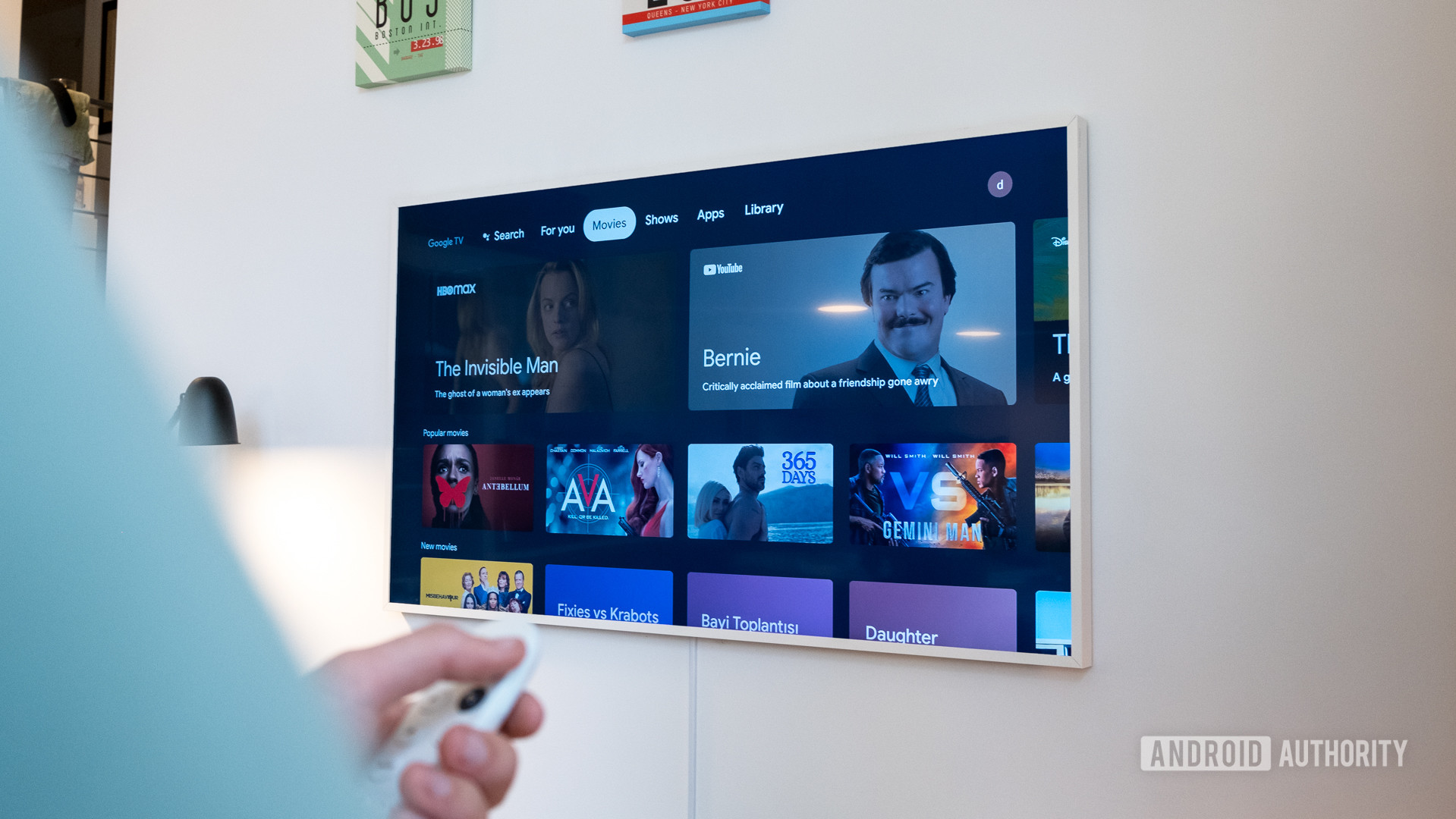
While you can sometimes use one or more Nest Audios as TV speakers, say when paired with a Chromecast, this isn’t officially supported yet and doesn’t actually work that well. You’re just using the Google Home app’s grouping system as a workaround, and speaker audio tends to lag, which is useless if you’re watching a movie or TV show.
Google should take a cue from the Apple TV 4K and Amazon’s Fire TV devices, making it dead simple to pair one or more Nest Audio 2s to a Chromecast or compatible TV — perhaps automatically prompting you if there are speakers in the same Home room. There would also need to be integrated audio/video sync, and if Google goes this direction, Dolby Atmos would probably be de rigueur.
Unrestricted calling and messaging
Compared to Echo devices, there are limited voice calling options on the Nest Audio. You can call anyone who’s using Google Duo, but that’s not a popular service. What people really want is to dial conventional phone numbers without thinking, and as of December 2021, even most Americans are now limited to Duo and numbers in their Google Contacts. More flexible carrier-linked calling is possible, but the only supported services so far are Google Fi, Google Voice, Taiwan Mobile, Telecom Italia, and Australia’s Telstra.
Nest Audio 2 owners should really be able to call or text anyone, at least in North America. It’s ridiculous to add a business to Contacts that you might only dial once or twice. For that matter it would be nice to hook the speaker into services like WhatsApp, Telegram, or Facebook Messenger, as well as use HomePod-style audio transfer with Android calls.
Which upgrade would you want most on a Nest Audio 2?
When could the Nest Audio 2 be announced?
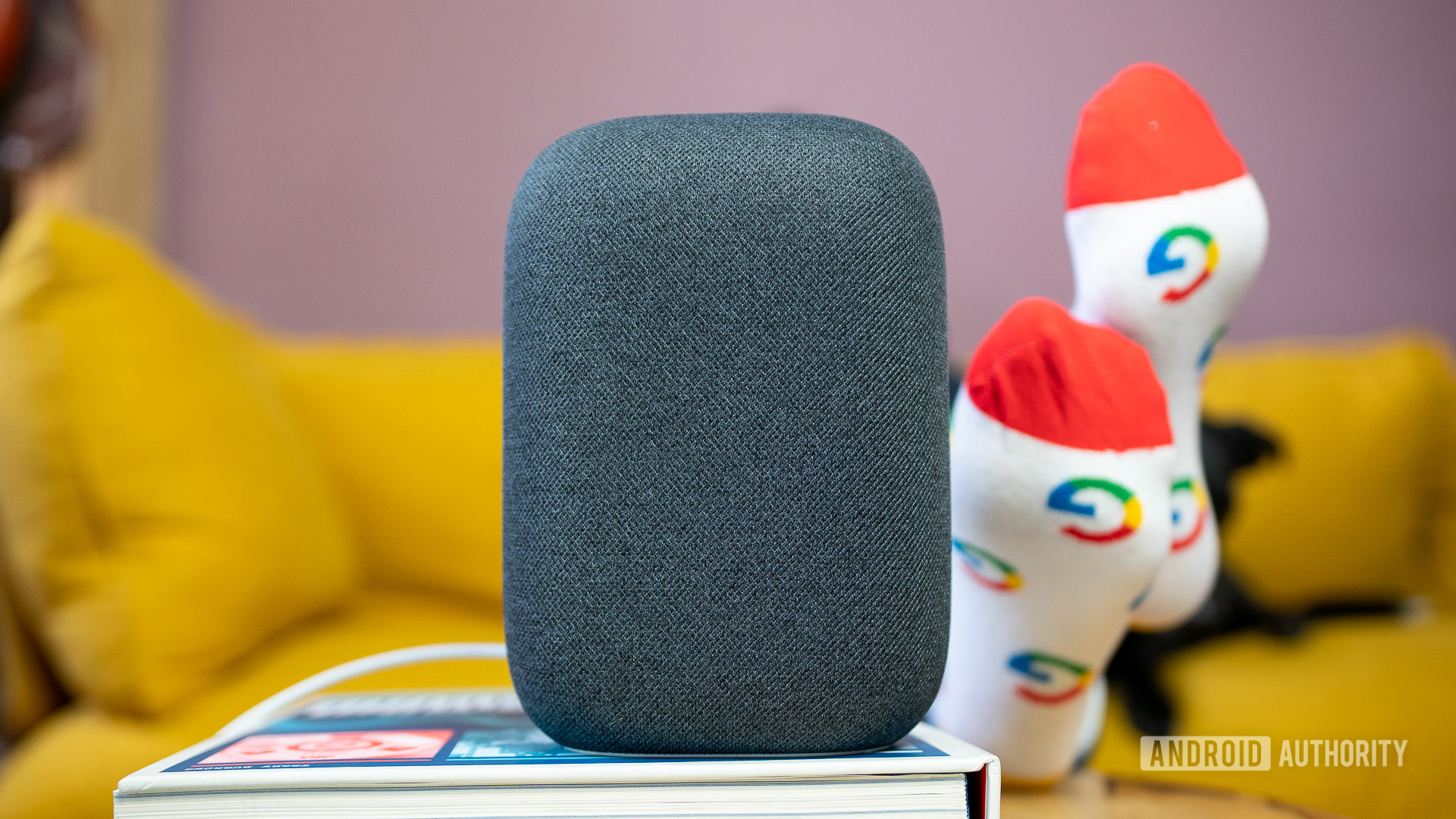
Windows are dwindling, since May’s Google I/O 2022 keynote has already come and gone. Given this and the fact that the original Nest Audio was announced in September 2020, it makes more sense for a sequel to follow a fall timeline.
That would position it as a hot item for Christmas shoppers. It would also force a challenge with any speakers Apple and Amazon are planning to put out — a strategy that could backfire, of course, but as long as Google can keep features up to par, it will probably sell too many units to complain.
Continue: The best smart speakers